It’s vital to deal with bees for mites in a proactive method always. Varroa mite administration is a crucial and essential facet of significant beekeeping. A varroa mite infestation can rapidly trigger excessive failure, and it’s typically troublesome to detect these tiny invaders.
Many occasions, beekeepers consider that their hives have failed due to lack of the queen, hive beetles, wax moths, hunger and different widespread beehive maladies. They find yourself treating for these issues and completely miss the true culprits, varroa mites.
Learn on to study extra and to get a solution to the next query: When ought to I deal with my bees for mites.
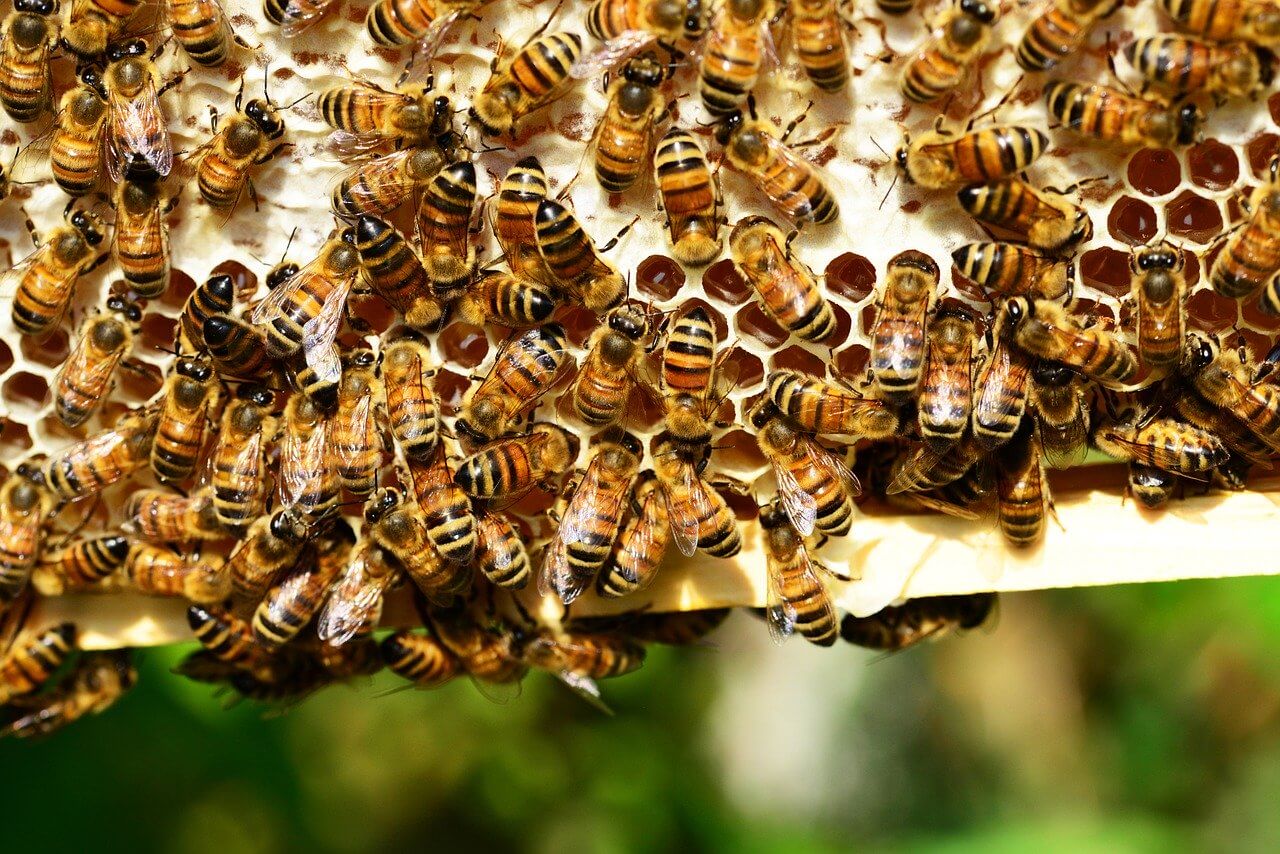
Varroa mites injury bees in two methods. First, these parasites sap particular person bees’ energy. Secondly, they’re vectors for viral illnesses.
A varroa mite infestation may cause a sick hive which finally collapses. Because the hive collapses, it might be robbed out by different colonies. This causes an expansion of the entire illnesses related to the mite infestation.
Queen bees will be contaminated by non-lethal viruses that lead to poor brood manufacturing. They could additionally trigger the queen to be outmoded by one other particular person, and this ends in failure of the colony.
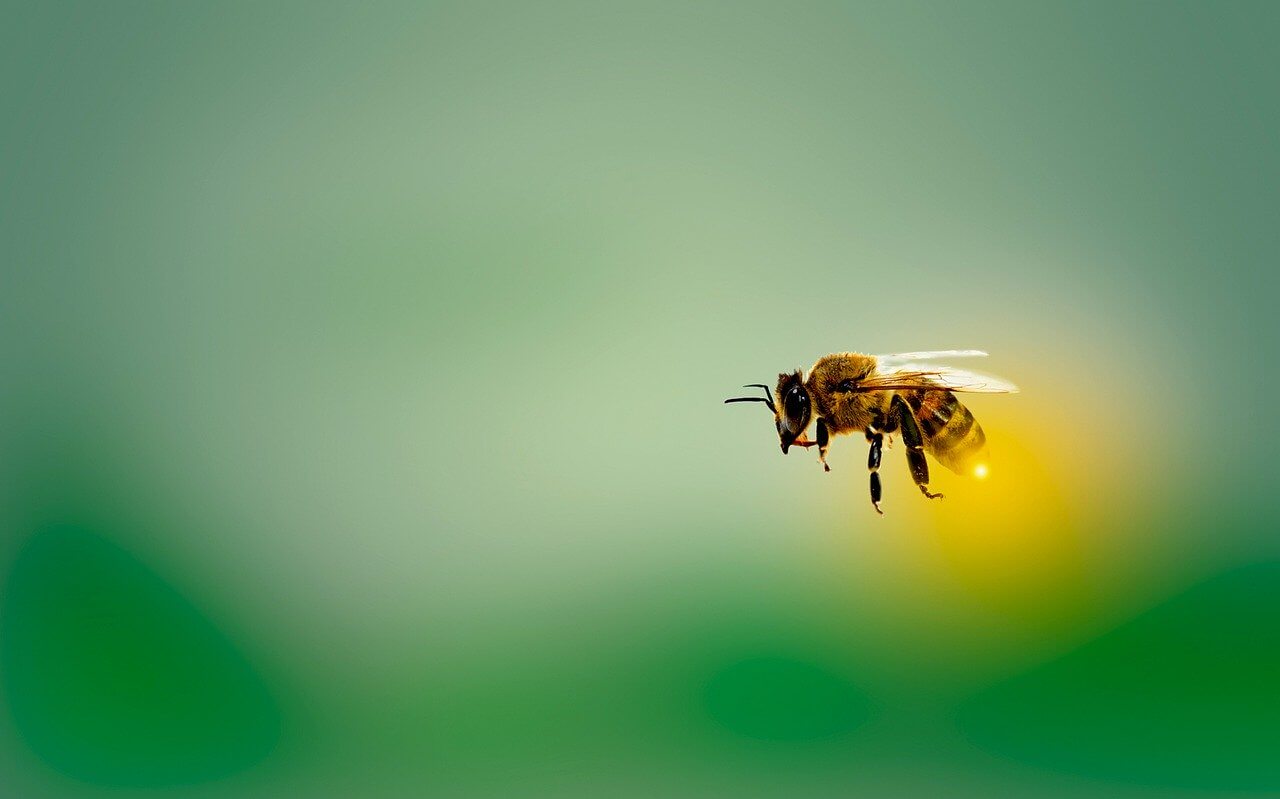
One of the vital features of treating for varroa mites is timing. Ensure to not use any remedy through the months of April via July when the supers are on the hives. This might have a adverse affect on the standard and purity of the honey.
You need to make sure to eradicate or at the least decrease mite populations earlier than autumn. Brood buildup sometimes happens from September via the center of November. Should you don’t deal with for mites throughout this time, the varroa mite inhabitants will enhance dramatically.
If there are many mites in your beehive in the beginning of winter, you may depend on having your hive fail earlier than spring.
For these causes, it’s a good suggestion to deal with routinely thrice a yr:
It’s crucial to deal with proactively. Should you wait till you’re conscious of a varroa mite infestation, it’s in all probability too late.
Most remedy producers warn that treating a weak hive will considerably stress your bees. To maintain your hive wholesome, you will need to deal with it repeatedly, whereas it’s wholesome.
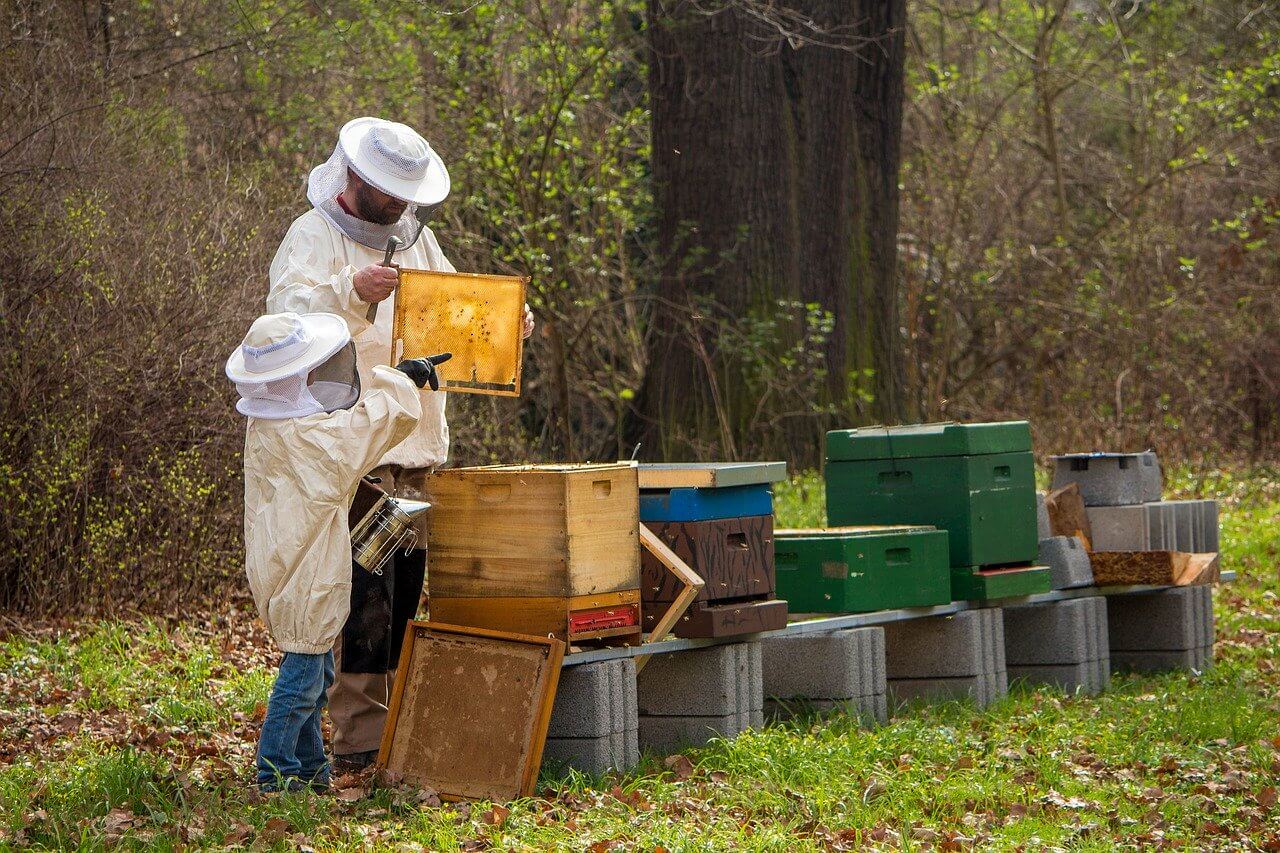
Though many beekeepers categorical a choice for so-called “comfortable” remedies, that are naturally produced, the actual fact is these remedies will be reasonably unpredictable.
Pure miticides, comparable to thymol and formic acid are most well-liked by many beekeepers. Should you select to go the pure route, you will need to take care to use the merchandise appropriately and repeat utility constantly to considerably scale back the mite inhabitants.
Chemical remedies ready particularly to be used in beehives sometimes kill extra grownup mites and stay efficient to kill juveniles as they hatch and change into lively.
On the draw back, some artificial remedies depart long-lasting or everlasting residues contained in the beehive. This could intervene with the drones’ and the queen’s fertility. Some beekeepers consider that artificial residues contribute to ongoing well being issues for bees.
One other drawback with synthetics is that mites can develop resistance to them. That is very true if the identical product is used repeatedly. For that reason, it might be a good suggestion to rotate merchandise in order that mites can not evolve in a approach that permits them to withstand.
There are a selection of fine artificial and pure miticides which might be regulated by the Environmental Safety Company. When buying any product, search for this certification. Learn and observe all directions fastidiously.
Some residence cures for mites work fairly nicely. Amongst these are important oils comparable to thyme oil. That is the principle ingredient in a very fashionable industrial remedy referred to as Honey – Bee Wholesome.
One other pure remedy that’s fairly efficient is oxalic acid. It is a authorities permitted, natural, naturally occurring acid that’s cheap, steady in wide-ranging temperatures and fairly efficient when used constantly.
One treatment that doesn’t work and ought to be averted is dusting with powdered sugar. Whereas it might have an effectiveness of 30% to 50%, it additionally has a harmful aspect impact. Dusting sugar over your beehive merely gums up the works and might kill your brood.
Some beekeepers swear by the “treatment-free” methodology. With this methodology, you merely take excellent care of your bees, maintain them as wholesome as attainable and permit the occasional excessive failure.
The thought relies in survival of the fittest idea. The bees that survive occasional varroa mite infestation will produce offspring which might be higher in a position to survive such a infestation.
If you wish to attempt such a mite administration, you may start your hive with bees which were raised on this method, particularly for the aim of making mite resistant bees.
There are apiaries focusing on producing mite resistant bees, however one aspect impact of that is that these bees are typically reported to be fairly aggressive.
Remember that if you wish to attempt treatment-free beekeeping, try to be able to be very vigilant in inspecting your hives incessantly. You have to take further excellent care of your bees to maintain their very own resistance excessive.
You have to even be ready for large losses if and when your bees are infested with varroa mites or different viruses, parasites and/or pests.
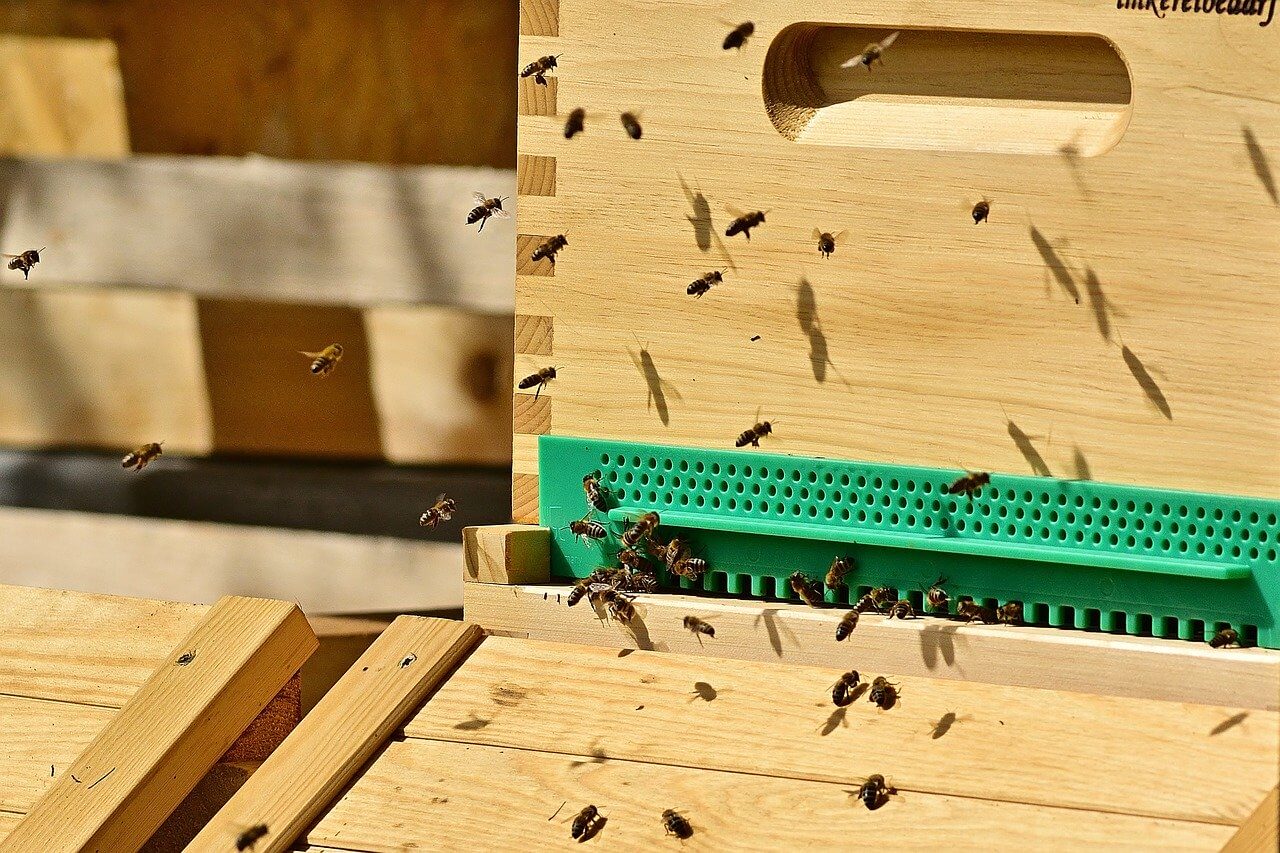
Simply as with individuals, wholesome bees are higher ready to withstand viruses, micro organism and parasites. For that reason, it’s extraordinarily vital that it doesn’t matter what sort of mite administration you select, you additionally observe exemplary hive administration.
Listed below are some 10 good ideas that can assist you maintain your beehives wholesome:
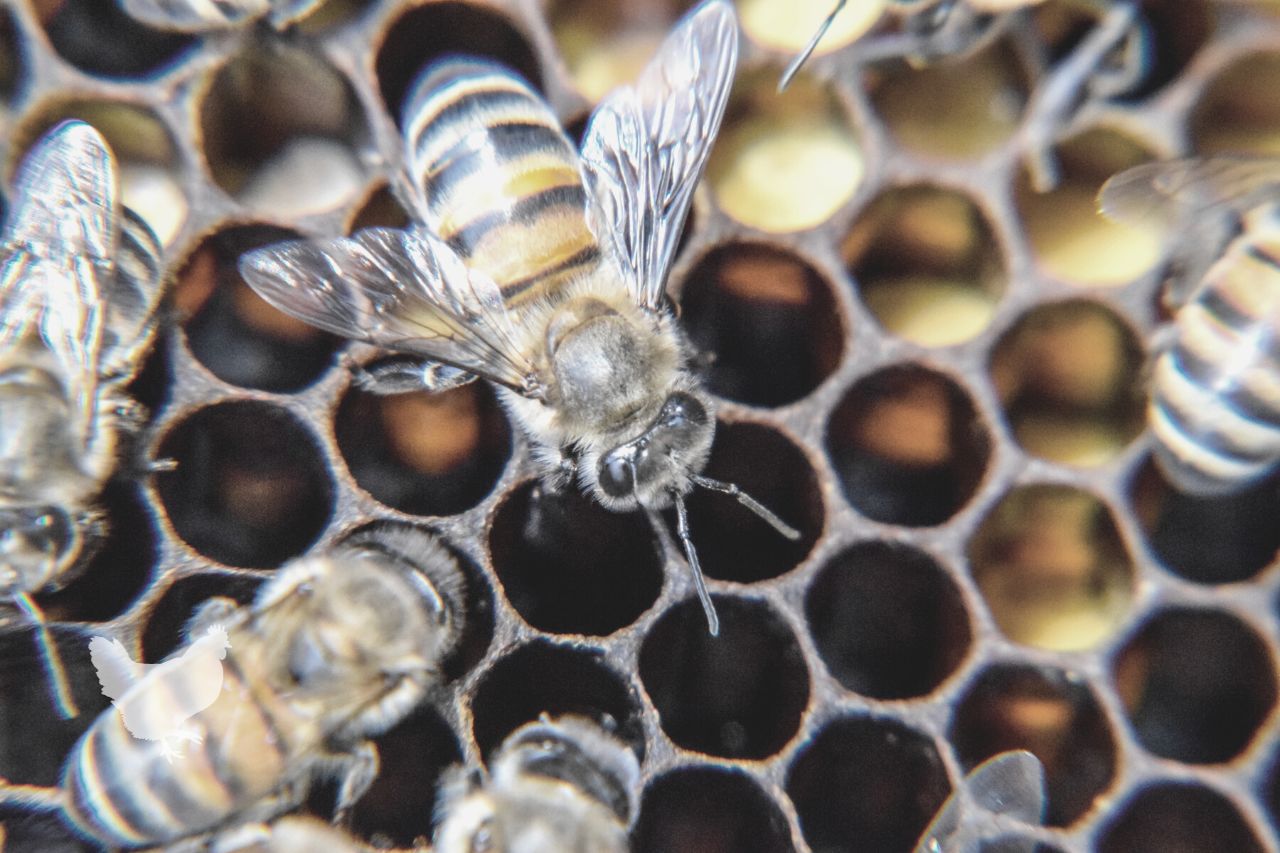
A: The Varroa mite (aka: Varroa destructor) is inarguably probably the most severe exterior parasite of honey bees as a result of it feeds on bees at each stage of improvement from prepupae to pupae to grownup.
A: The Acarapis woodi (honeybee tracheal mite) is an inner parasitic mite which lives within the tracheae, respiration tubes, thorax, stomach and even the pinnacle of a honeybee.
A: This small hive beetle (SHB) is a reasonably latest addition to the bee pest group. These tiny beetles (native to sub-Saharan Africa) take up residence in hives, eat and contaminate the honey and lay eggs which hatch into small cream-colored grubs.
A: The bee louse, also referred to as Braula coeca Nitzsch, is a wingless fly. It’s small and reddish-brown in colour. Whereas a number of grownup flies could reside on a queen, they often do little hurt to honey bees.
A: American foulbrood (Paenibacillus larvae = Bacillus larvae) is a bacterial brood illness that’s brought on by a spore-forming bacterium. It’s the most widespread and damaging brood illness amongst honey bees as a result of it’s not possible to eradicate and impacts queen, drone, and employee larvae.
A: No, European foulbrood (Melissococcus pluton) is taken into account much less severe than American foulbrood as a result of it doesn’t kind spores and lie dormant. Which means bee colonies can get well absolutely from infections. Quite than being ever-present, European foulbrood is most prevalent within the spring and early summer time.
A: No, Chalkbrood (Ascophaera apis) is a fungal brood illness. It impacts employee, drone, and queen bee larvae when they’re three or 4 days previous. Spores of the fungus are ingested with the larval meals and germinate within the hind intestine of the larva. The fungus commences to eat the meals ingested by the larva, and shortly the contaminated larva are coated with white mycelium which fills the brood cell leaving lifeless “mummies”.
A: Sure, Sacbrood is a brood illness that’s brought on by a virus. Like many viruses, it tends to easily run its course and often doesn’t lead to extreme losses. Grownup bees are often in a position to detect the virus and take away contaminated larvae rapidly. For that reason, it typically impacts solely a small proportion of the brood.
A: BPMS is a posh of signs related to Varroa mites, viruses, or a mix thereof. Should you discover a excessive mite load in your hives, particularly together with uncapped pupae (some with their heads chewed off) you may very moderately suspect that your bees are struggling with BPMS.
A: That is one more symptom of heavy Varroa mite infestation. It’s brought on by a virus that’s carried by Varroa mites, and it’s the most prevalent bee virus worldwide. Because the identify suggests, this virus causes stunted, deformed wings in bees, and it additionally impacts all kinds of different bugs and arachnids in numerous methods.
A: Although you would possibly assume wax moth larvae would seem like caterpillars, they really simply seem like little grubs or maggots. It‘s straightforward to mistake them for small hive beetle larvae if you happen to see them in your hive. You usually tend to make a constructive identification by the mess they depart behind. They chew via honeycomb leaving tunnels, frass and webbing alongside the way in which.
A: Beehives present shelter to a wide range of massive and small creepy crawlies comparable to spiders, earwigs, and cockroaches. These creatures usually are not dangerous to the bees or hive gear and don’t require management.
A: Ants are often not thought of severe pests in honey bee hives, however some species of ants could enter hives to seek for meals or make nests. You’ll often discover them in between the inside and outer covers of the hive, and you may additionally discover them in pollen traps. Ants don’t often hassle the bees, however you actually don’t need them to eat and/or contaminate the honey.
A: Mice are a giant drawback in the case of retailer honeycombs, and so they might also make nests in lively hives through the fall and winter months. They do loads of injury by chewing combs and frames to make room for his or her nests. Additionally they contaminate the hives by urinating on combs and frames. This repels bees from the combs and prevents them from cleansing out these nests within the spring. For all these causes, you need to positively be nervous about mice, and the identical goes for different rodents (e.g. rats, voles and shrews).
A: In some locations, skunks are a severe risk to profitable beekeeping as a result of they will actually intervene with the event of sturdy bee colonies. Skunks eat bugs, and so they could raid your bee hives each night time. They scratch up the hive entrances, and so they can eat numerous bees. This sort of assault is almost definitely to occur within the springtime, however it could additionally occur at any time all through the summer time and fall.
A: Bears are a severe risk to beekeeping as a result of they will trigger loads of injury to your hives and gear. Bears often raid bee hives at night time, and so they aren’t refined about it. They smash hives with a view to eat each the brood and the honey. When a bear has positioned an apiary, it is going to have a tendency to return again repeatedly and should deliver its family and friends. It’s very arduous to cease this habits as soon as it begins, so it’s a good suggestion to maintain your bee hives fenced off and maintain a great watch canine on responsibility if you happen to assume bear raids could change into an issue.
Many occasions, beekeepers consider that their hives have failed due to lack of the queen, hive beetles, wax moths, hunger and different widespread beehive maladies. They find yourself treating for these issues and completely miss the true culprits, varroa mites.
Learn on to study extra and to get a solution to the next query: When ought to I deal with my bees for mites.
How Do Varroa Mites Kill Bees?

Varroa mites injury bees in two methods. First, these parasites sap particular person bees’ energy. Secondly, they’re vectors for viral illnesses.
A varroa mite infestation may cause a sick hive which finally collapses. Because the hive collapses, it might be robbed out by different colonies. This causes an expansion of the entire illnesses related to the mite infestation.
Queen bees will be contaminated by non-lethal viruses that lead to poor brood manufacturing. They could additionally trigger the queen to be outmoded by one other particular person, and this ends in failure of the colony.
When Ought to You Deal with Your Bee Colony For Varroa Mites?

One of the vital features of treating for varroa mites is timing. Ensure to not use any remedy through the months of April via July when the supers are on the hives. This might have a adverse affect on the standard and purity of the honey.
You need to make sure to eradicate or at the least decrease mite populations earlier than autumn. Brood buildup sometimes happens from September via the center of November. Should you don’t deal with for mites throughout this time, the varroa mite inhabitants will enhance dramatically.
If there are many mites in your beehive in the beginning of winter, you may depend on having your hive fail earlier than spring.
For these causes, it’s a good suggestion to deal with routinely thrice a yr:
- Deal with through the months of July and August previous to autumn brood buildup.
- Deal with through the months of November and December through the time when there isn’t a brood.
- Deal with through the months of February and March previous to the beginning of honey season.
It’s crucial to deal with proactively. Should you wait till you’re conscious of a varroa mite infestation, it’s in all probability too late.
Most remedy producers warn that treating a weak hive will considerably stress your bees. To maintain your hive wholesome, you will need to deal with it repeatedly, whereas it’s wholesome.
What Is The Finest Therapy For Varroa Mites?

Though many beekeepers categorical a choice for so-called “comfortable” remedies, that are naturally produced, the actual fact is these remedies will be reasonably unpredictable.
Pure miticides, comparable to thymol and formic acid are most well-liked by many beekeepers. Should you select to go the pure route, you will need to take care to use the merchandise appropriately and repeat utility constantly to considerably scale back the mite inhabitants.
Chemical remedies ready particularly to be used in beehives sometimes kill extra grownup mites and stay efficient to kill juveniles as they hatch and change into lively.
On the draw back, some artificial remedies depart long-lasting or everlasting residues contained in the beehive. This could intervene with the drones’ and the queen’s fertility. Some beekeepers consider that artificial residues contribute to ongoing well being issues for bees.
One other drawback with synthetics is that mites can develop resistance to them. That is very true if the identical product is used repeatedly. For that reason, it might be a good suggestion to rotate merchandise in order that mites can not evolve in a approach that permits them to withstand.
There are a selection of fine artificial and pure miticides which might be regulated by the Environmental Safety Company. When buying any product, search for this certification. Learn and observe all directions fastidiously.
What About Residence Treatments For Varroa Mites?
Some residence cures for mites work fairly nicely. Amongst these are important oils comparable to thyme oil. That is the principle ingredient in a very fashionable industrial remedy referred to as Honey – Bee Wholesome.
One other pure remedy that’s fairly efficient is oxalic acid. It is a authorities permitted, natural, naturally occurring acid that’s cheap, steady in wide-ranging temperatures and fairly efficient when used constantly.
Varroa Mite Oxalic Acid Therapy
One treatment that doesn’t work and ought to be averted is dusting with powdered sugar. Whereas it might have an effectiveness of 30% to 50%, it additionally has a harmful aspect impact. Dusting sugar over your beehive merely gums up the works and might kill your brood.
What Is Therapy-free Beekeeping?
Some beekeepers swear by the “treatment-free” methodology. With this methodology, you merely take excellent care of your bees, maintain them as wholesome as attainable and permit the occasional excessive failure.
The thought relies in survival of the fittest idea. The bees that survive occasional varroa mite infestation will produce offspring which might be higher in a position to survive such a infestation.
If you wish to attempt such a mite administration, you may start your hive with bees which were raised on this method, particularly for the aim of making mite resistant bees.
There are apiaries focusing on producing mite resistant bees, however one aspect impact of that is that these bees are typically reported to be fairly aggressive.
Remember that if you wish to attempt treatment-free beekeeping, try to be able to be very vigilant in inspecting your hives incessantly. You have to take further excellent care of your bees to maintain their very own resistance excessive.
You have to even be ready for large losses if and when your bees are infested with varroa mites or different viruses, parasites and/or pests.
Learn additionally: When To Transfer Bees From Nuc To Hive?
Good Hive Administration Is Your Finest Insurance coverage In opposition to Mites

Simply as with individuals, wholesome bees are higher ready to withstand viruses, micro organism and parasites. For that reason, it’s extraordinarily vital that it doesn’t matter what sort of mite administration you select, you additionally observe exemplary hive administration.
Listed below are some 10 good ideas that can assist you maintain your beehives wholesome:
- Examine your hives at the least as soon as each two weeks through the honey manufacturing season.
- Watch fastidiously to make sure that your queen is current, accounted for and wholesome.
- Make sure that your bees are nicely fed. In case your hives don’t have sufficient open nectar and honey, you will need to complement.
- Defend your bees towards robbing, which causes stress, malnutrition and lack of the queen. Use robber screens to forestall this drawback.
- Don’t put all of your eggs in a single basket. You’ll want to have at the least two working hives. 4 or 5 is best.
- Cut up established hives to make extra within the springtime.
- Mix hives to scale back wintertime upkeep within the autumn.
- All the time have spare gear arrange and able to go at a second’s discover.
- Maintain further provides of treatment and feed readily available always.
- Observe built-in pest administration (IPM). It is a cultural methodology of coping with pests via a mix of fine husbandry, prevention and remedy.
Incessantly Requested Questions

Q: Why is the Varroa mite probably the most severe exterior parasite of honey bees?
A: The Varroa mite (aka: Varroa destructor) is inarguably probably the most severe exterior parasite of honey bees as a result of it feeds on bees at each stage of improvement from prepupae to pupae to grownup.
Q: Are there different parasitic mites which might be harmful to bees?
A: The Acarapis woodi (honeybee tracheal mite) is an inner parasitic mite which lives within the tracheae, respiration tubes, thorax, stomach and even the pinnacle of a honeybee.
Q: What’s the Aethina tumida?
A: This small hive beetle (SHB) is a reasonably latest addition to the bee pest group. These tiny beetles (native to sub-Saharan Africa) take up residence in hives, eat and contaminate the honey and lay eggs which hatch into small cream-colored grubs.
Q: What’s the bee louse and the way does it have an effect on honey bees?
A: The bee louse, also referred to as Braula coeca Nitzsch, is a wingless fly. It’s small and reddish-brown in colour. Whereas a number of grownup flies could reside on a queen, they often do little hurt to honey bees.
Q: What brood illness is probably the most widespread and probably the most damaging of the numerous brood illnesses that have an effect on honey bees?
A: American foulbrood (Paenibacillus larvae = Bacillus larvae) is a bacterial brood illness that’s brought on by a spore-forming bacterium. It’s the most widespread and damaging brood illness amongst honey bees as a result of it’s not possible to eradicate and impacts queen, drone, and employee larvae.
Q: Is European foulbrood illness the identical as American foulbrood illness?
A: No, European foulbrood (Melissococcus pluton) is taken into account much less severe than American foulbrood as a result of it doesn’t kind spores and lie dormant. Which means bee colonies can get well absolutely from infections. Quite than being ever-present, European foulbrood is most prevalent within the spring and early summer time.
Q: Are all brood illnesses bacterial?
A: No, Chalkbrood (Ascophaera apis) is a fungal brood illness. It impacts employee, drone, and queen bee larvae when they’re three or 4 days previous. Spores of the fungus are ingested with the larval meals and germinate within the hind intestine of the larva. The fungus commences to eat the meals ingested by the larva, and shortly the contaminated larva are coated with white mycelium which fills the brood cell leaving lifeless “mummies”.
Q: Are there viral brood illnesses?
A: Sure, Sacbrood is a brood illness that’s brought on by a virus. Like many viruses, it tends to easily run its course and often doesn’t lead to extreme losses. Grownup bees are often in a position to detect the virus and take away contaminated larvae rapidly. For that reason, it typically impacts solely a small proportion of the brood.
Q: What’s Bee parasitic mite syndrome (BPMS)?
A: BPMS is a posh of signs related to Varroa mites, viruses, or a mix thereof. Should you discover a excessive mite load in your hives, particularly together with uncapped pupae (some with their heads chewed off) you may very moderately suspect that your bees are struggling with BPMS.
Q: What causes deformed wing virus (DWV)?
A: That is one more symptom of heavy Varroa mite infestation. It’s brought on by a virus that’s carried by Varroa mites, and it’s the most prevalent bee virus worldwide. Because the identify suggests, this virus causes stunted, deformed wings in bees, and it additionally impacts all kinds of different bugs and arachnids in numerous methods.
Q: What do wax moth larvae seem like?
A: Although you would possibly assume wax moth larvae would seem like caterpillars, they really simply seem like little grubs or maggots. It‘s straightforward to mistake them for small hive beetle larvae if you happen to see them in your hive. You usually tend to make a constructive identification by the mess they depart behind. They chew via honeycomb leaving tunnels, frass and webbing alongside the way in which.
Q: Are all creatures that search shelter in beehives dangerous to the bees or hive gear?
A: Beehives present shelter to a wide range of massive and small creepy crawlies comparable to spiders, earwigs, and cockroaches. These creatures usually are not dangerous to the bees or hive gear and don’t require management.
Q: Will ants harm bees?
A: Ants are often not thought of severe pests in honey bee hives, however some species of ants could enter hives to seek for meals or make nests. You’ll often discover them in between the inside and outer covers of the hive, and you may additionally discover them in pollen traps. Ants don’t often hassle the bees, however you actually don’t need them to eat and/or contaminate the honey.
Q: What if you happen to see proof of mice in your honey bee hives? Must you be nervous?
A: Mice are a giant drawback in the case of retailer honeycombs, and so they might also make nests in lively hives through the fall and winter months. They do loads of injury by chewing combs and frames to make room for his or her nests. Additionally they contaminate the hives by urinating on combs and frames. This repels bees from the combs and prevents them from cleansing out these nests within the spring. For all these causes, you need to positively be nervous about mice, and the identical goes for different rodents (e.g. rats, voles and shrews).
Q: Will skunks hassle bees?
A: In some locations, skunks are a severe risk to profitable beekeeping as a result of they will actually intervene with the event of sturdy bee colonies. Skunks eat bugs, and so they could raid your bee hives each night time. They scratch up the hive entrances, and so they can eat numerous bees. This sort of assault is almost definitely to occur within the springtime, however it could additionally occur at any time all through the summer time and fall.
Q: How are you going to maintain bears out of your beehives?
A: Bears are a severe risk to beekeeping as a result of they will trigger loads of injury to your hives and gear. Bears often raid bee hives at night time, and so they aren’t refined about it. They smash hives with a view to eat each the brood and the honey. When a bear has positioned an apiary, it is going to have a tendency to return again repeatedly and should deliver its family and friends. It’s very arduous to cease this habits as soon as it begins, so it’s a good suggestion to maintain your bee hives fenced off and maintain a great watch canine on responsibility if you happen to assume bear raids could change into an issue.
